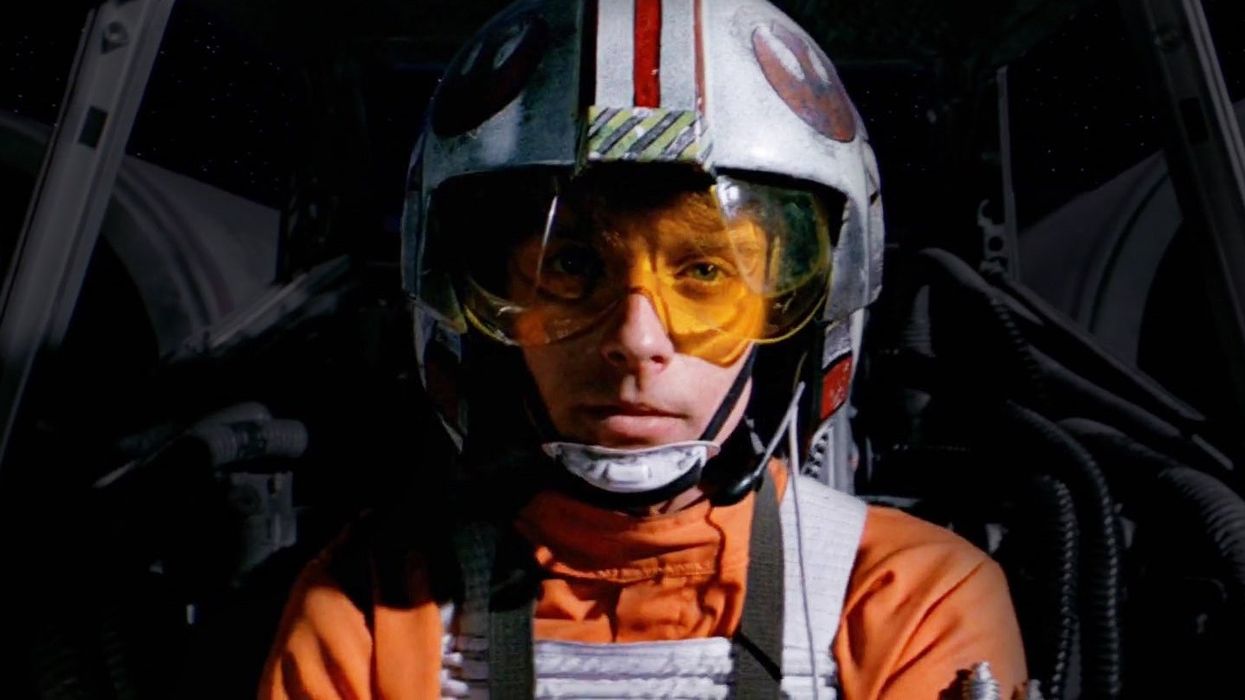Watch: 3 Editing Techniques That 'Star Wars' Uses to Communicate Emotions
Editing doesn't just turn images into stories, it also helps capture emotions.

Movies do so many things. They entertain us, inform us, and give us a nice distraction from reality when we need one. However, one of the most important things they do is make us feel. There are several techniques filmmakers use to get audiences to feel different emotions, not the least of which is editing. In this video from Studio Binder we get to see three ways Star Wars uses editing to heighten certain emotions to get viewers more engaged in the story. Check it out below:
According to the video, here are the three ways Star Wars uses editing to capture emotion.
Eye contact
Clever editing is efficient editing, namely when you can get two or three jobs done with a single cut. Star Wars, as well as countless other films, do this by using certain cuts to demonstrate relationships between characters. Editing together shots of characters looking in different directions on screen can not only trick the audience into believing they're looking at each other, but also map out where each character is within the diegesis.
Lingering for emotion
When emotions are running high during a scene, audiences tend to want to linger on shots of characters experiencing those emotions, because they empathize with them. In the scene from Star Wars when Darth Vader tells Luke Skywalker that he's his father, we want to spend some time observing Luke's reaction. Is he going to be mad? Devastated? Is he going to go into a full blown rage and join the dark side? Lingering on that shot of Luke is crucial. It builds tension (How is he going to react?) and focuses attention on that one all important moment: his response.
Pacing
This is where the magic of editing reveals itself in a very interesting and profound way: in pacing. The emotion your audience feels can change depending on how long or short each cut is in a scene. For example, in a car chase each cut is maybe a second or less in duration, and that constant and relentless bombardment of new visual information makes viewers feel more excited, agitated, and anxious. On the other hand, in the scene from Star Wars where Luke is training with Yoda, the shots are much longer and there are fewer cuts. This allows viewers to calmly take in the visuals and to focus on visual elements.
There are so many ways you can capture emotions through editing, and you know what, Star Wars isn't the only film that employs these editing techniques. You can learn these lessons from pretty much any film you decide to watch, so take some time to study the way your favorite films edit to create emotions.
Source: Studio Binder














